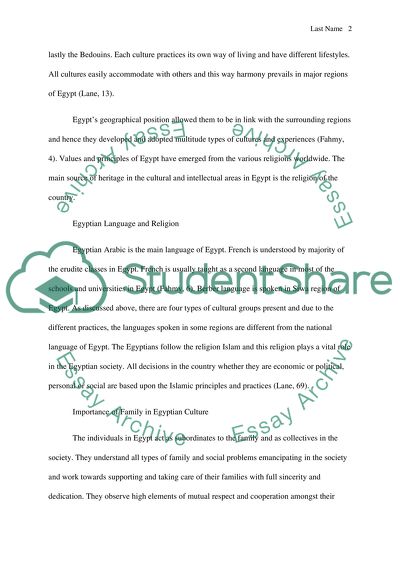Cite this document
(“Present-Day Egyptian Culture Research Paper Example | Topics and Well Written Essays - 1500 words”, n.d.)
Retrieved from https://studentshare.org/miscellaneous/1592607-present-day-egyptian-culture
Retrieved from https://studentshare.org/miscellaneous/1592607-present-day-egyptian-culture
(Present-Day Egyptian Culture Research Paper Example | Topics and Well Written Essays - 1500 Words)
https://studentshare.org/miscellaneous/1592607-present-day-egyptian-culture.
https://studentshare.org/miscellaneous/1592607-present-day-egyptian-culture.
“Present-Day Egyptian Culture Research Paper Example | Topics and Well Written Essays - 1500 Words”, n.d. https://studentshare.org/miscellaneous/1592607-present-day-egyptian-culture.


